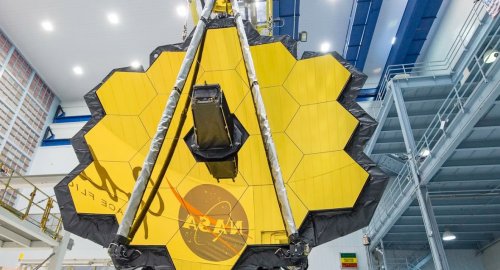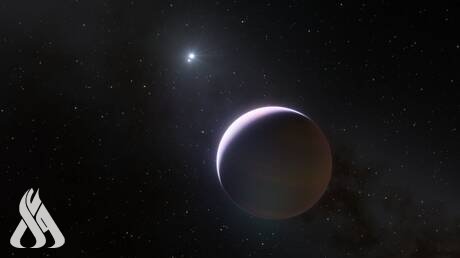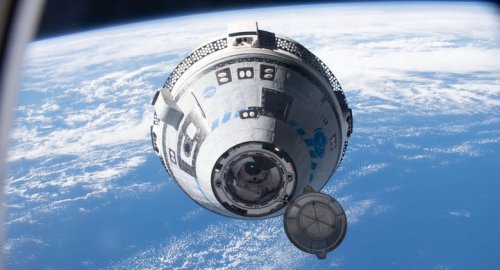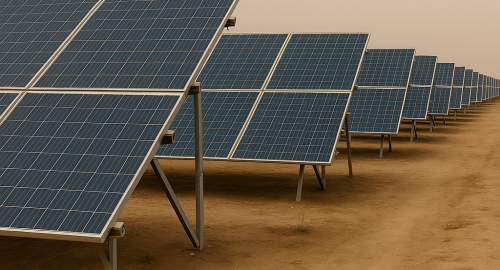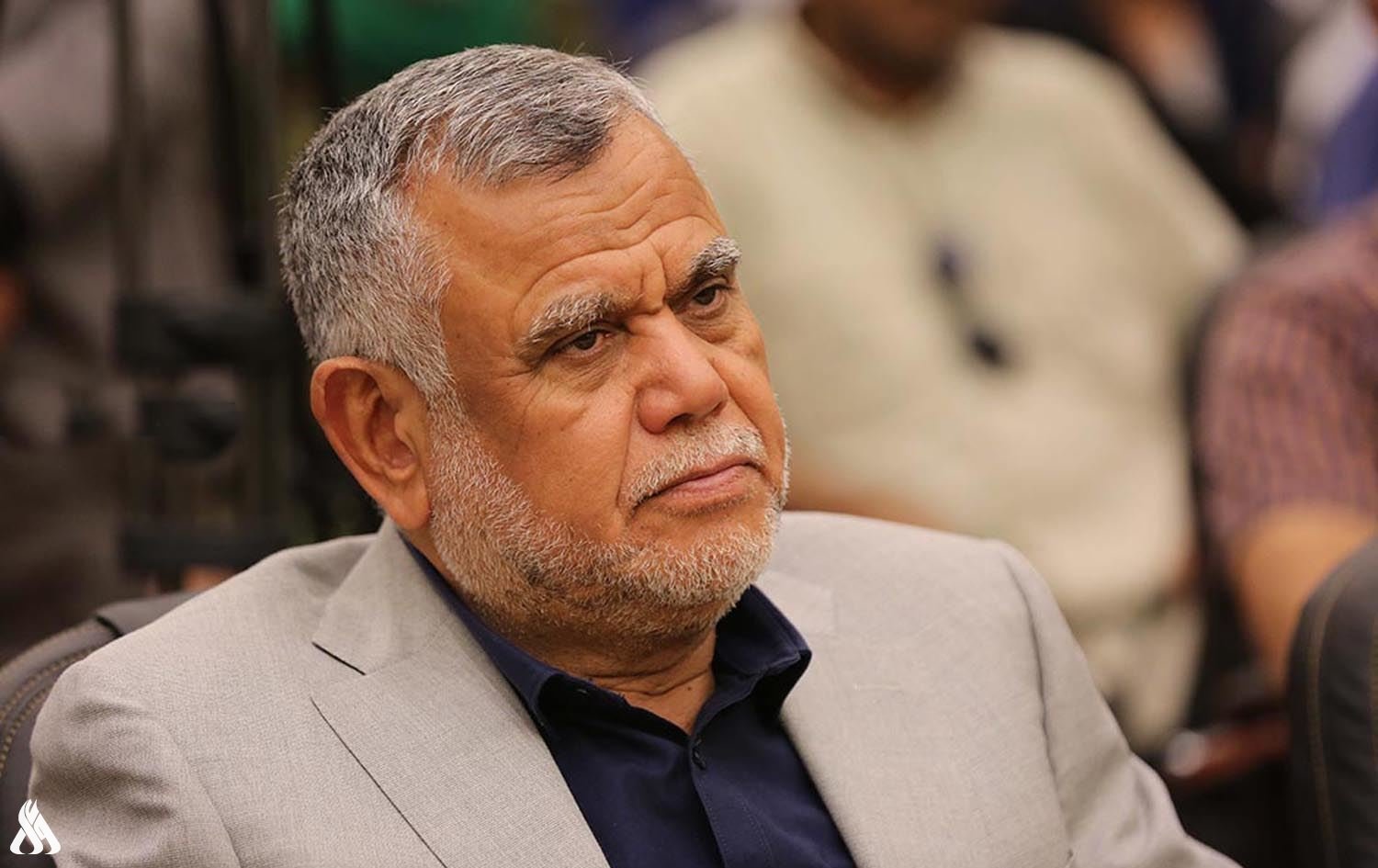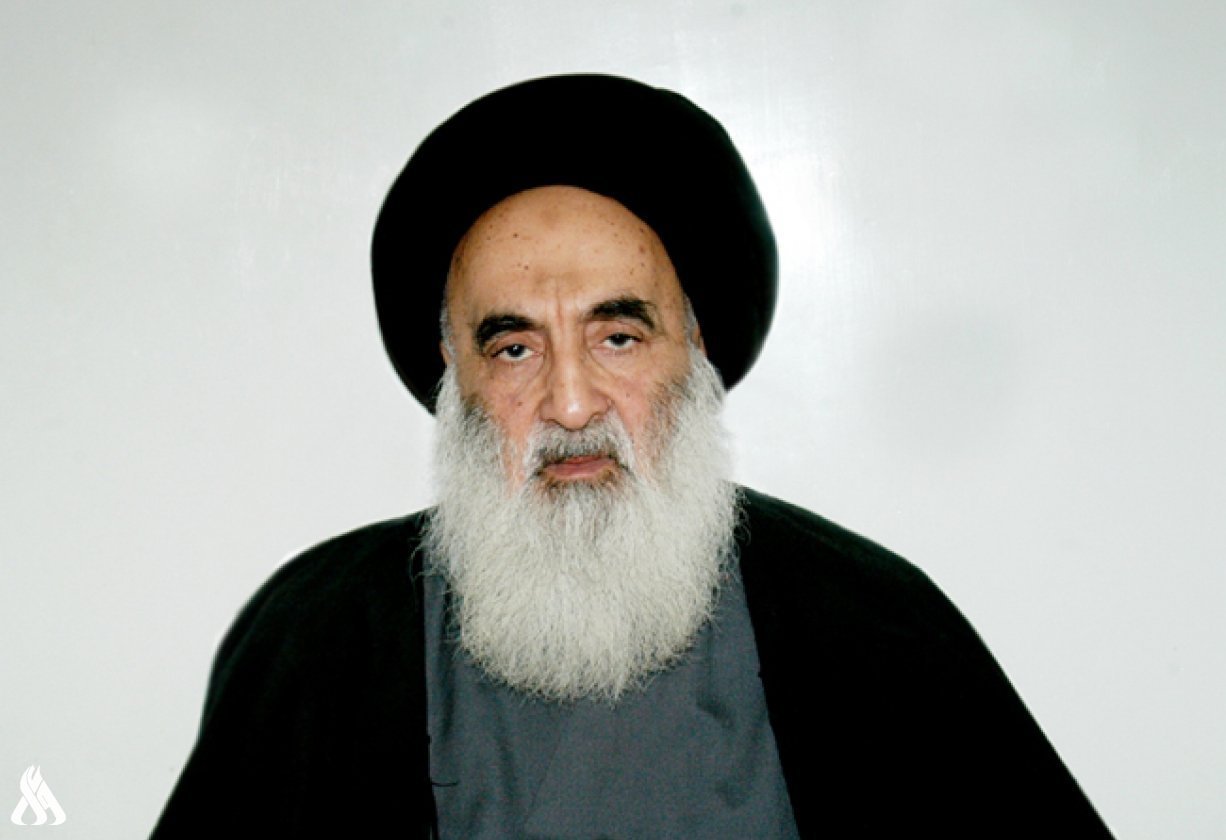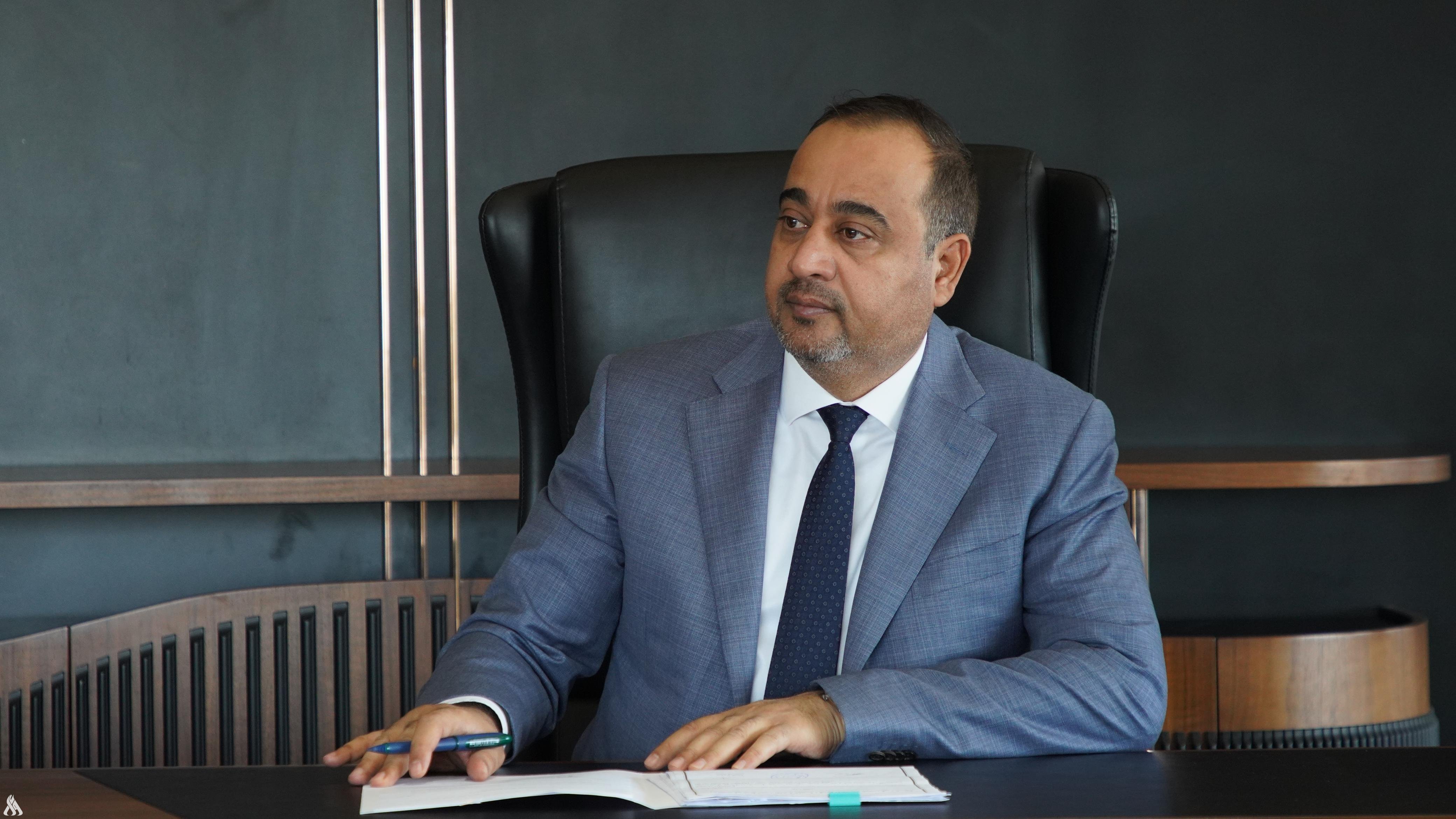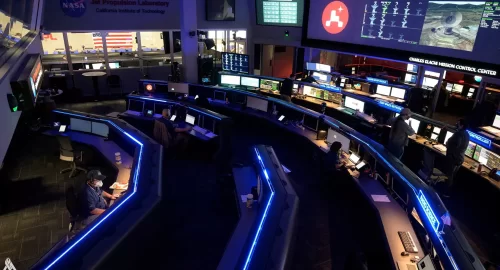
NASA prepares to launch James Webb Space Telescope

- 25-12-2021, 09:57
INA-sources
NASA is set to launch into space humanity's largest and most powerful telescope, a $10 billion behemoth called the James Webb Space Telescope. The tennis court-sized observatory, slated to lift off Saturday from a European spaceport in French Guiana, will be able to see deeper into space and in greater detail than any telescope that has come before it.
NASA has billed the mission as an "Apollo moment" — a giant leap forward that could revolutionize our understanding of the universe and humanity’s place in it.
"It's kind of a cliché to say that it’s going to change the course of astronomy, but it might very well do that," Marcia Rieke, an astronomer at the University of Arizona, said.
Rieke has spent the past 20 years leading the development of one of the Webb telescope's four main instruments, a specially designed infrared camera known as NIRcam. She said Webb could unlock mysteries of the early universe, from as far back as 100 million years after the Big Bang. It could also observe exoplanets with instruments sensitive enough to study their atmospheres, looking for potential biosignatures of alien life.
For all its potential benefits, the mission is also one of NASA's most daring.
Risky business
After launch, the Webb telescope will spend about a month journeying to a point in orbit around the sun that is about 1 million miles away from Earth.
The observatory's destination is known as the second Lagrange, or L2, point and was chosen because the telescope can remain in a stable orbit with one side of the telescope permanently facing Earth and the sun. This helps shield the telescope's instruments from heat and light that could interfere with its observations.
But at a million miles away, NASA won't be able to send astronauts to the telescope to make upgrades or repairs if anything goes wrong. Astronauts famously visited the Hubble Space Telescope in low-Earth orbit on five separate servicing missions between 1993 and 2009. That won't be an option this time, said Greg Robinson, Webb’s program director at NASA.
"There's no help on the way," Robinson said. "Once it leaves the planet, it's on its own."
Source: CBC News
Valencia knocks out Real Madrid in La Liga
- Sport
- 09:09
Italy Warns of Escalating Tariffs with Washington
- International
- 06:43
Al-Amiri warns of any war between Iran and the US
- politics
- 25/04/01
ChatGPT temporarily down due to pressure from cartoon trend
- Articles
- 25/03/30
